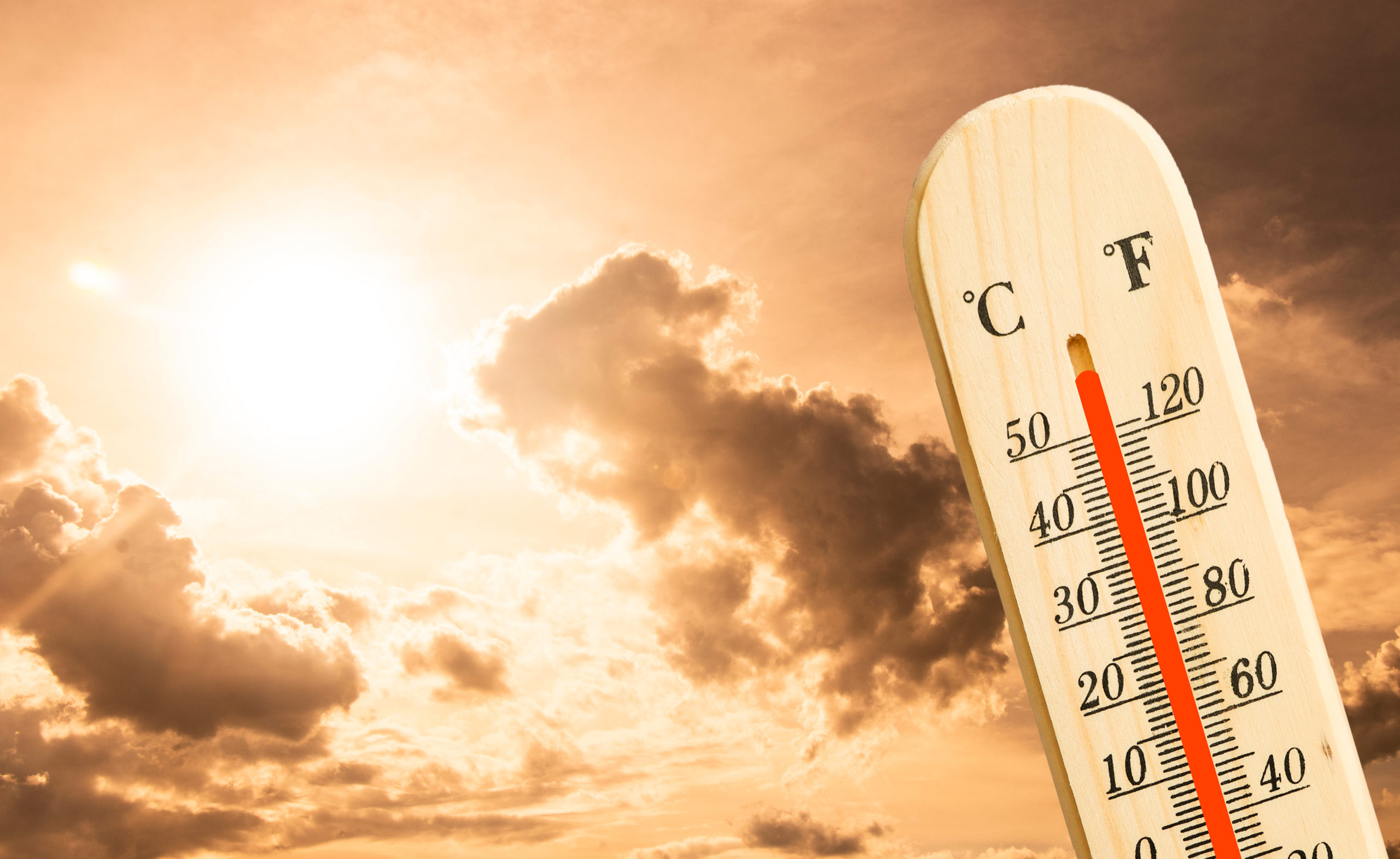Report warns of extreme heat in Texas and Florida in the coming years
Texas and Florida could experience scorching, extreme heat in the next 30 years. They will feel the deadly effects of climate change.

- Texas and Florida could experience scorching heat in the next 30 years.
- They will feel the effects of climate change.
- Experts warn the public of deadly conditions.
By mid-century, one-third of the adult population of the United States will live in regions where the heat indexes will exceed 122 degrees Fahrenheit (50 Celsius) due to climate change, according to a study released Monday by the First Street Foundation. This includes the states of Texas and Florida, according to USA Today and the EFE agency.
Jeremy Porter, director of research at First Street, a research and technology group in Brooklyn, New York, explained what could happen in the next few years across most of the country with the extreme heat: «Exposure to extreme heat is increasing across the country.»
WHAT WILL HAPPEN IN 30 COUNTIES?

Currently about 50 counties across the country experience at least one day a year with a heat index up to 125 degrees and in 30 years that will happen in more than 1,000 counties, according to the report. The foundation, a nonprofit organization based in New York, published its analysis that indicate a swath of potentially deadly temperatures from the coast of the Gulf of Mexico to Chicago, Illinois.
The National Weather Service (NWS) defines the heat index as the level of discomfort experienced by the average person as a result of the combined effects of air temperature and humidity. They calculate that the «extremely dangerous» heat index, that is above 122 degrees, will affect some 8 million people this year and in 2053 some 107 million inhabitants. That is a 13-fold increase in 30 years.
WHAT ARE HAZARDOUS DAYS?

Across the country, «hazardous days» — when the temperature exceeds 100 Fahrenheit (38 degrees Celsius) — «occur more commonly in the southern half of the US and affect a greater number of areas in Florida and Texas,» said the report. The researchers calculated that in 2023, Starr County, Texas, will experience 109 «hazardous days,» and three decades later it will endure 131 days with those temperatures.
Other counties that will have more than 100 days per year under dangerous temperatures by 2023 include Zapata, Brooks, Hidalgo, Kennedy, Cameron, Willacy and Jim Hogg in Texas and Monroe, Collier and Hendry in Florida. The report points out that, in addition to the temperatures themselves, another factor to take into account is the duration of heat waves, defined as days in which the local temperature exceeds 100 degrees for more than three consecutive days. Filed Under: Heat Texas Florida
WHERE WOULD THE EXTREME HEAT SPREAD?

The corresponding map shows that those heat waves could extend to Washington, Oregon, Idaho, Nevada, California, Utah, and northwestern Arizona, as well as Texas, Louisiana, most of Arkansas, Oklahoma, Mississippi, Florida and Georgia by 2023. Speaking of hot nights, last month the United States had some for the history books.
In July, the US mainland set a record for overnight heat, bringing little relief from sweltering daytime heat for people, animals, plants and the power grid, forecasters said. The average low temperature for the lower 48 states in July was 63.6 degrees Fahrenheit (17.6 degrees Celsius), which beat the previous record set in 2011 by a few hundredths of a degree. Filed Under: Heat Texas Florida
WHAT HAPPENS IN TEXAS?

This not only represents the hottest overnight average for July, but for any month in 128 years of record-keeping, said Karin Gleason, a climatologist with the National Oceanic and Atmospheric Administration (NOAA). July’s nighttime low was more than 3° Fahrenheit (1.7° Celsius) warmer than the 20th-century average.
In Texas, where monthly average daytime highs topped 100° F (37.8° C) for the first time in July, causing the power grid to be overwhelmed by heavy use of air conditioners, the mean nighttime temperature was 74.3° F (23.5° C,) which is 4° F (2.2° C) above the 20th-century average. Filed Under: Heat Texas Florida
 Related post
Related post





